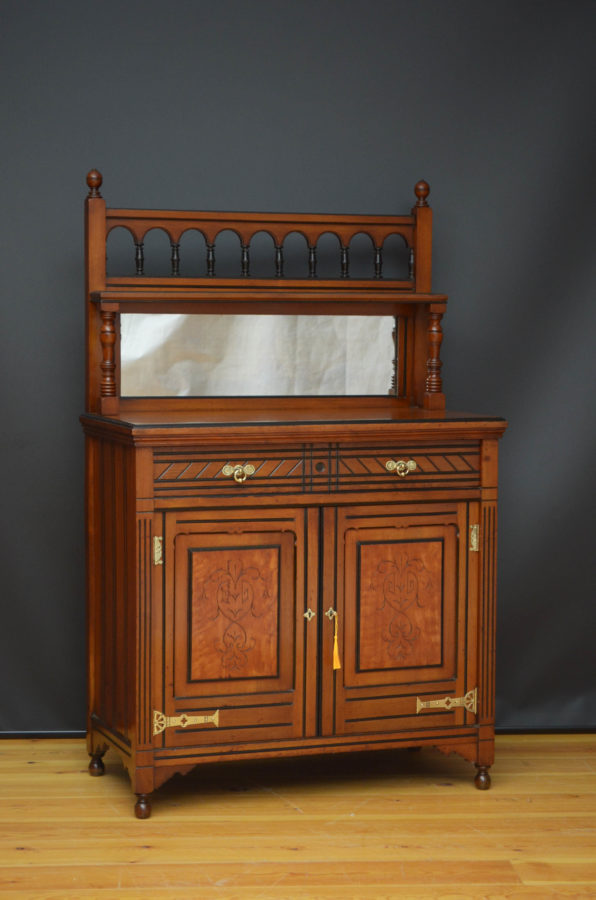
It was William Morris, the great textile designer and writer, who said, “Have nothing in your houses that you do not know to be useful or believe to be beautiful.” When you are searching for antiques for your home or office, there are so many different eras of design to choose from that having furniture that is both useful and beautiful is far easier than you might believe. There is no need to make do with utilitarian, flatpack furniture that is mirrored by a thousand identical copies in a thousand homes – you can make your space unique.
However, if you are searching for something that catches the eye just that little bit more, something striking and so beautiful that it looks more like a work of art than a piece of functional furniture, then you might be of the same mindset that drove the Aesthetic movement.
If you have not heard of Aestheticism, you will have surely seen furniture and ornamentation that was created during the movement. And if you would like to learn more, just read on.
Browse our selection of antiques.
The best way to sum up the Aesthetic movement is a push towards “art for art’s sake”, rather than a focus on functionality. It is a fairly tightly contained period of design history, although its influence continues to be seen to this day, both in Aesthetic movement antiques and more modern adaptations.
In 1890, Oscar Wilde said that “Beauty has as many meanings as man has moods. Beauty is the symbol of symbols. Beauty reveals everything because it expresses nothing. When it shows itself, it shows us the whole fiery-coloured world”, and this is the very heart of Aestheticism. Art and beauty for the sake of themselves.
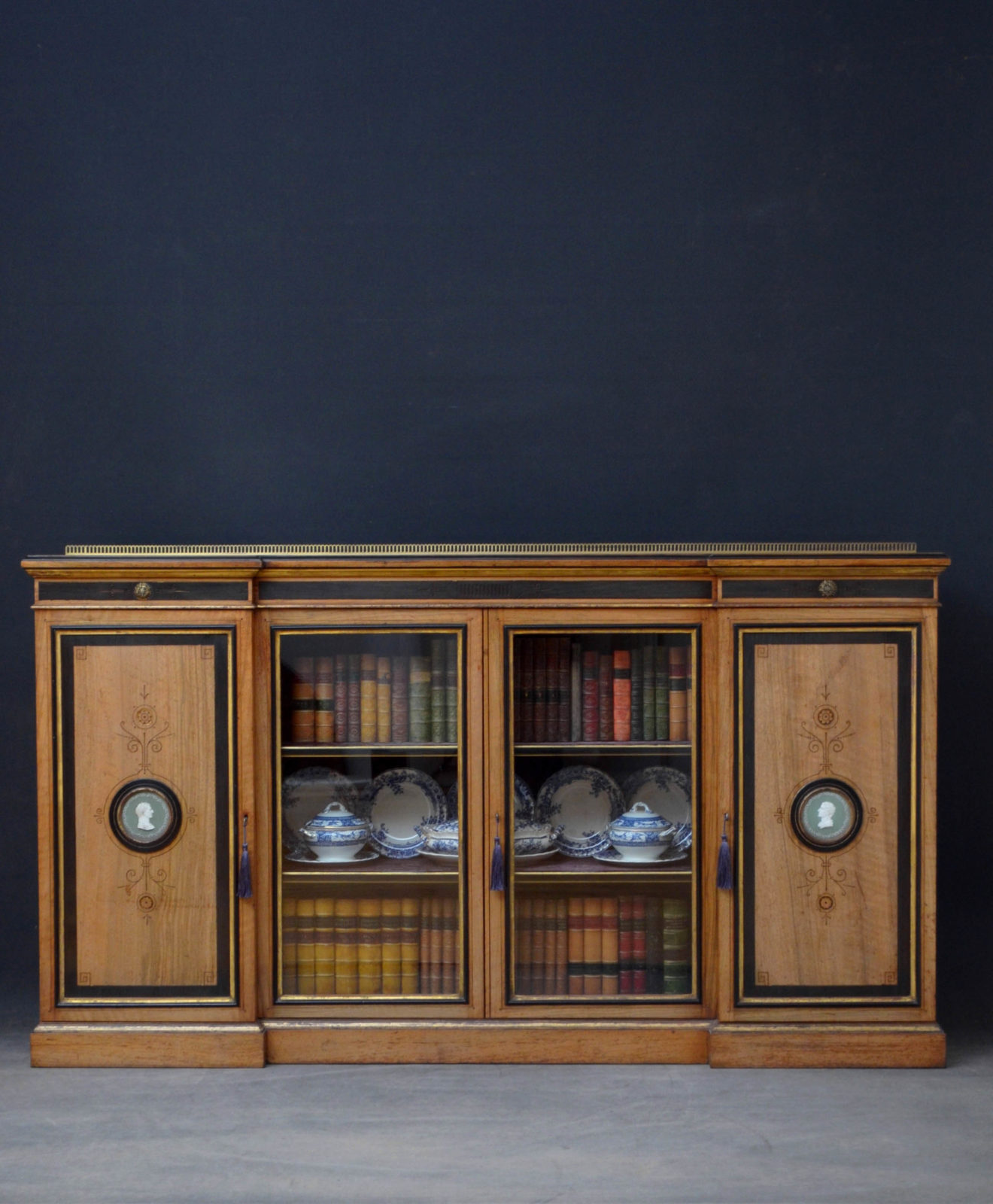
Beginning in around 1860, the Aesthetic movement lasted roughly forty years, ending in 1900. To understand the movement, it is vital to look at the world it emerged out of.
The dawn of the Aesthetic movement began at the tail end of the Industrial Age, which had encouraged materialism and, as many saw it, ugliness. The Industrial Revolution had, of course, been a vital part of human history, however industry tends to be antithetical to traditional ideas of what is beautiful, so the “cult of beauty” that Aestheticism represented was a refreshing change.
So many of the artists, writers and designers of the day enthusiastically adopted Aestheticism. However, some leading lights popularised the movement, spreading it across England and beyond.
Perhaps unsurprisingly, flamboyant and infamous Oscar Wilde was one of the loudest and most passionate voices in favour of the Aestheticism movement. He lived the values of the movement, stating that the way he lived his life itself was far more important and far more similar to pure art, than the literature he created. Towards the end of the nineteenth century, he gave lectures that elevated the movement, promoting the idea that your actions should be designed to create the most beauty and pleasure possible. While Wilde did not invent Aestheticism, he is considered by many to be the father of the movement.
William Morris himself was another major voice in the movement. Then a young designer, in 1861, Morris created the Morris, Marshall, Faulkner & Co. firm (he took sole ownership of this in 1875), which focused on the decorative arts. The innovative firm created stunning tapestries, furniture, stained glass and more, and even today you can find Morris & Co. antiques that boast the interlacing foliage that became synonymous with Morris’ designs.
Another designer full of new ideas whose work can still be seen today (often on display in museums) was Christopher Dresser. He poured his Aesthetic beliefs into his designs, whether he was creating a chair, a teapot, an intricately designed hat stand, or some striking floral wallpaper.

There are several common aspects of Aestheticism, specifically when it comes to the decorative arts. Knowing these can help you to find antiques from the era.
Furniture designed with ebonised wood is often from the Aesthetic era; this is wood that has been either painted or stained to give it a rich, ebony finish. In some cases, you will find furniture such as a chest of drawers that is entirely ebony in colour, however, Aestheticism is not known for retaining this minimal look in most areas. You will usually see some kind of gilt accent on furniture from the time. This could appear in the carvings etched into the surface and corners of the ebony furniture, for example, feathers or florals with a gilt edging.
Another common theme in Aesthetic era items is a sense of the Far East. This visual influence reveals a growing interest and comfort with exoticism as more writers travelled across the globe and reported their findings, bringing back the style of the mysterious and enchanting East to the middle classes.
While Aestheticism was largely embraced by the artistically minded (or the wealthy who aspired to be surrounded by decadent beauty) who lived in cities, it relied heavily upon nature for inspiration. Art or furniture designed by aesthetes will often feature foliage, butterflies, birds and feathers (either of common birds or something more unusual like the peacock).
Have you seen blue and white porcelain while you browse for antiques? Then these are very likely either from the Aesthetic era or were inspired by Aestheticism. This was a way in which the movement made its way into every element of daily life.
If you are looking for another way to explore this movement, Aestheticism was not just embraced by those designing the furniture and ornamentation of the day. It was also reflected in such diverse areas as writing (Wilde’s titular Dorian Gray was himself an example of an aesthete who prized beauty over all else) and painting, especially those created by Dante Gabriel Rossetti and others in his inner circle of creatives.
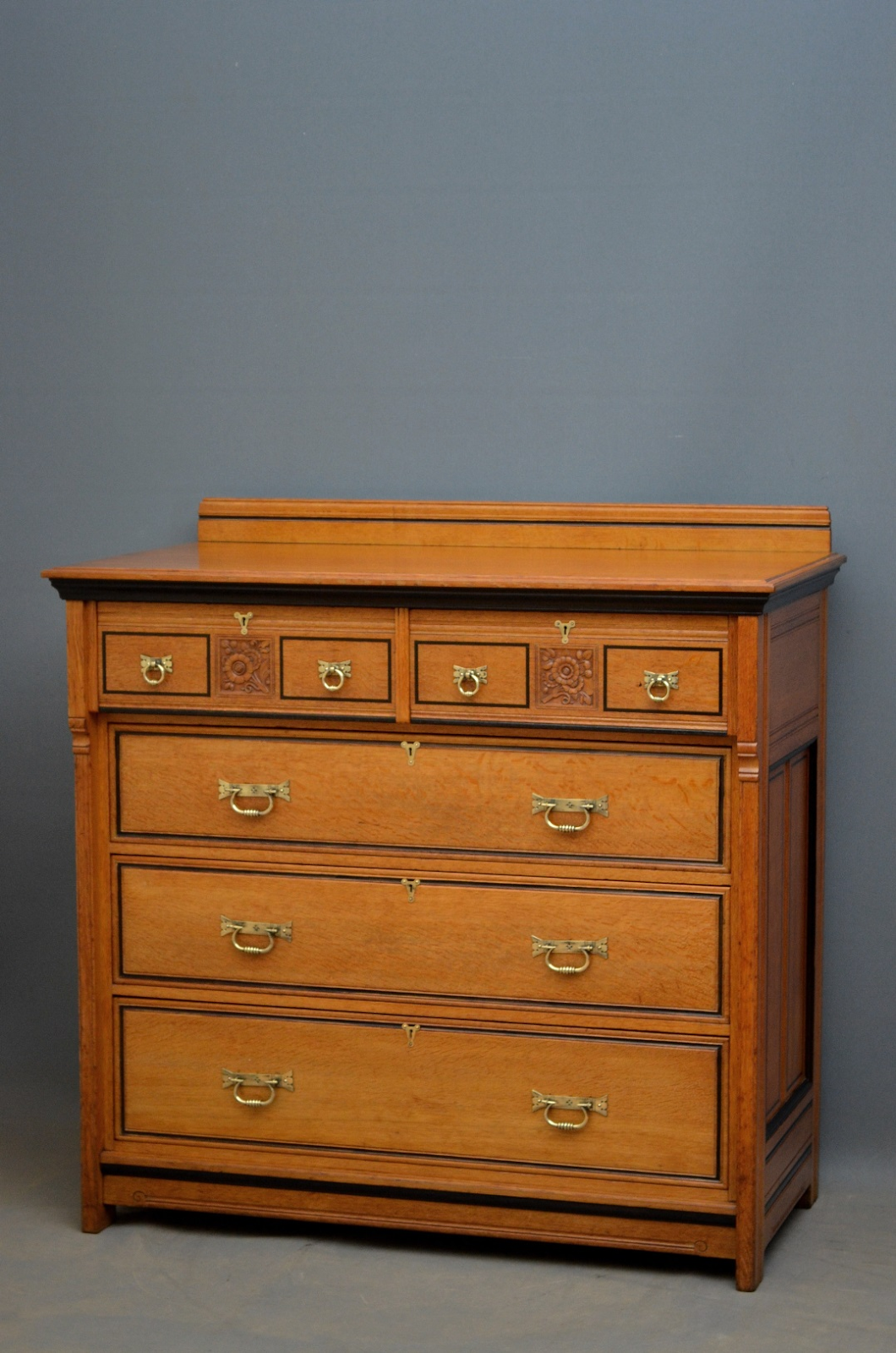 The Aesthetic movement officially drew to a close in 1900, just before the end of the Victorian era. While nature and sensuality were still popular areas that were addressed in writing and design, this provided the close of the movement. It is, perhaps, not a surprise to learn that this was also the year that Oscar Wilde died.
The Aesthetic movement officially drew to a close in 1900, just before the end of the Victorian era. While nature and sensuality were still popular areas that were addressed in writing and design, this provided the close of the movement. It is, perhaps, not a surprise to learn that this was also the year that Oscar Wilde died.
The movement had been gently falling out of favour since Wilde’s imprisonment, though it is fair to say that its echoes carried on through the visual and creative movements that followed, and it overlaps with its international cousin Art Nouveau, which caught the tail end of Aestheticism in 1890 and continued in popularity until 1910. Today, our ideas of choosing beauty over functionality can be traced all the way back to Aestheticism and its founding fathers.
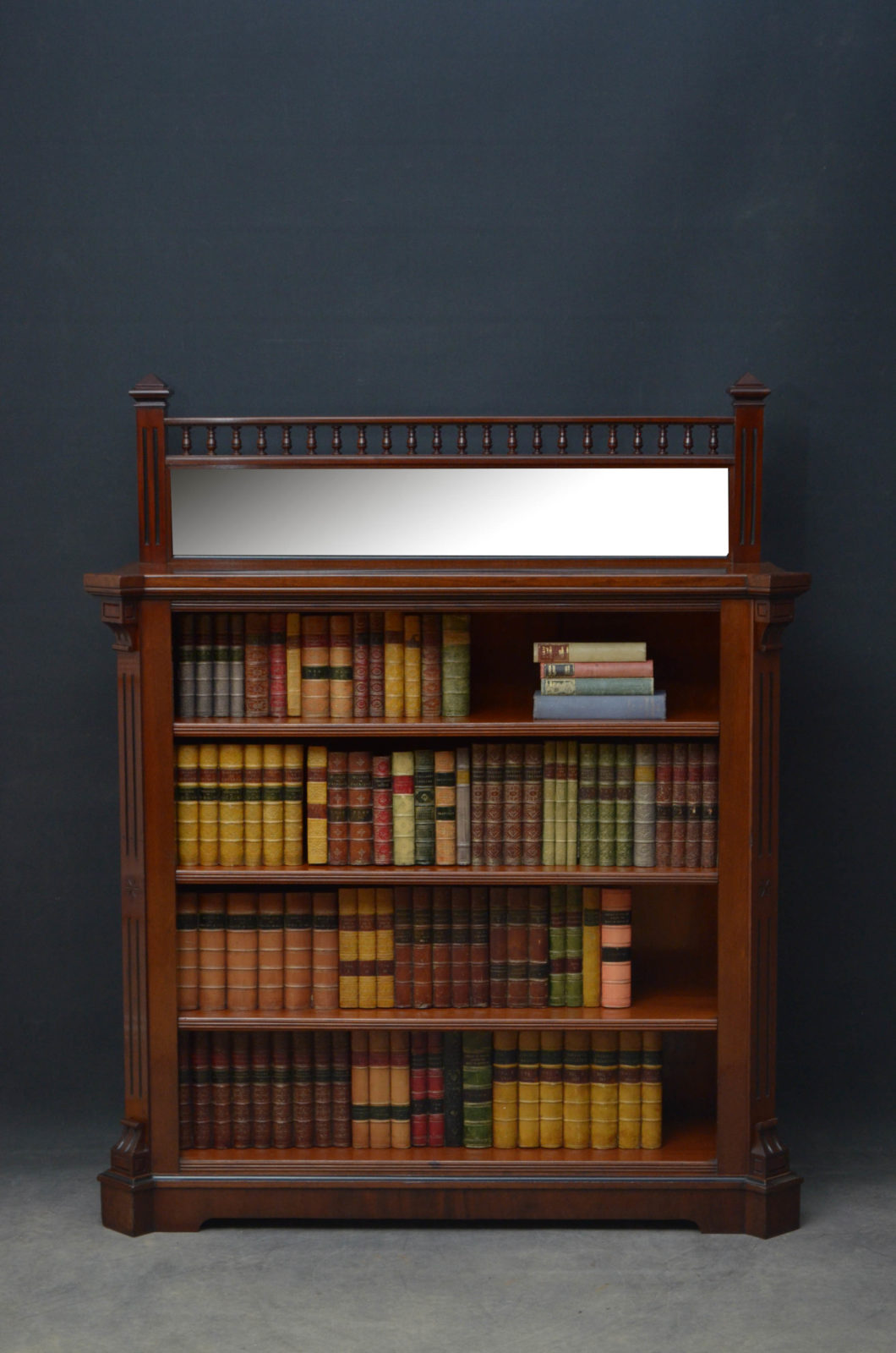
Nowadays, you can still source high quality and beautiful antiques which hail from those halcyon days of the 1860 to 1900 Aesthetic movement, as well as Victorian antiques which overlap in many ways with the movement.
You may choose to add a hint of Aestheticism into your life with a piece of Wedgewood china, which exemplifies the era. You will also be able to find jewellery, such as a pocket watch, which is engraved with foliage from this time.
While copies of Aesthetic movement antiques are fairly common (and modern interpretations are very popular at the moment, as maximalism begins to compete with minimalism as a trend), it is still possible to find furniture that is covered with authentic William Morris fabric, and ebonised chests of drawers or side tables engraved with gilt carvings of butterflies and birds.
Not all antiques that appear to have come from the Aesthetic movement will be authentic, so ensure that you check and authenticate with a professional before making any purchase, so you can take home your own little piece of history.
We hope that this very brief history of Aestheticism has given you some unusual and exciting inspiration for how to add extra beauty to your own home.
If you want to design your space with a little extra flourish, then introducing Aesthetic movement antiques could be the perfect way to do this. Whether you want one statement piece in your otherwise minimalist space, or you wish to fully embrace Aestheticism and believe that more is more, one thing is certain: your space will be unique, useful, and beautiful – William Morris would be proud. Browse our range today to find stunning antique furniture.
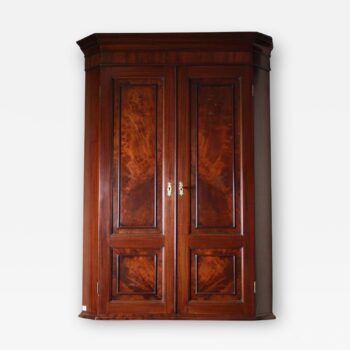 Regency Mahogany Corner Cupboard
Regency Mahogany Corner Cupboard
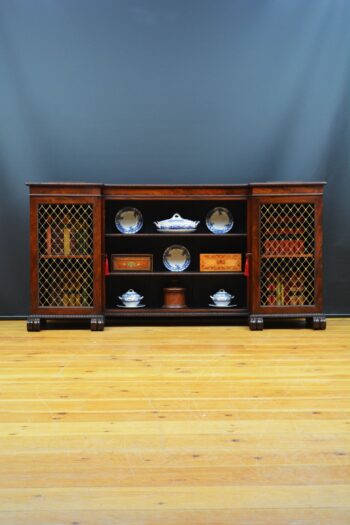 English Regency Mahogany Bookcase or Sideboard in the Manner of Gillows
£4,800.00
English Regency Mahogany Bookcase or Sideboard in the Manner of Gillows
£4,800.00
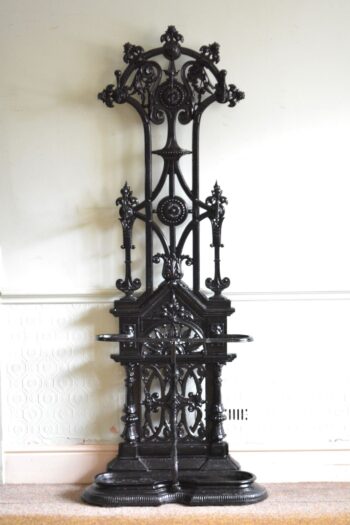 Victorian Cast Iron Hall Stand in the manner of Christopher Dresser
£2,700.00
Victorian Cast Iron Hall Stand in the manner of Christopher Dresser
£2,700.00
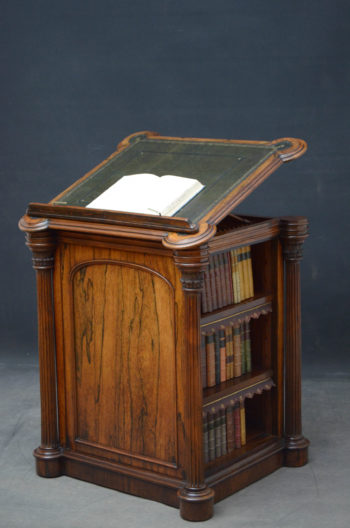 Rare Regency Bookcase by James Winter & Sons
£5,500.00
Rare Regency Bookcase by James Winter & Sons
£5,500.00
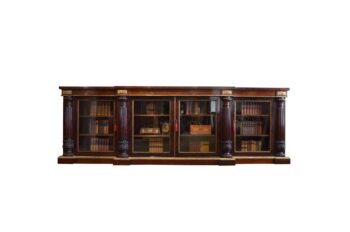 A Long English Regency Gilllows Rosewood Cabinet
£36,000.00
A Long English Regency Gilllows Rosewood Cabinet
£36,000.00
| Cookie | Duration | Description |
|---|---|---|
| cookielawinfo-checbox-analytics | 11 months | This cookie is set by GDPR Cookie Consent plugin. The cookie is used to store the user consent for the cookies in the category "Analytics". |
| cookielawinfo-checbox-functional | 11 months | The cookie is set by GDPR cookie consent to record the user consent for the cookies in the category "Functional". |
| cookielawinfo-checbox-others | 11 months | This cookie is set by GDPR Cookie Consent plugin. The cookie is used to store the user consent for the cookies in the category "Other. |
| cookielawinfo-checkbox-necessary | 11 months | This cookie is set by GDPR Cookie Consent plugin. The cookies is used to store the user consent for the cookies in the category "Necessary". |
| cookielawinfo-checkbox-performance | 11 months | This cookie is set by GDPR Cookie Consent plugin. The cookie is used to store the user consent for the cookies in the category "Performance". |
| viewed_cookie_policy | 11 months | The cookie is set by the GDPR Cookie Consent plugin and is used to store whether or not user has consented to the use of cookies. It does not store any personal data. |